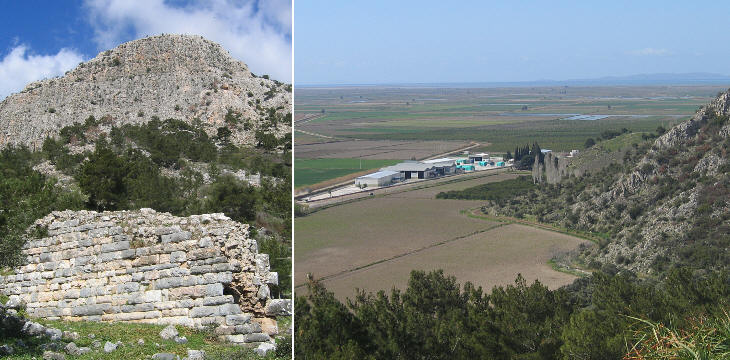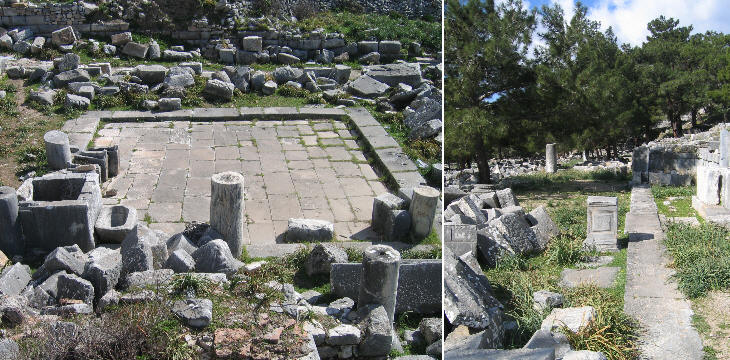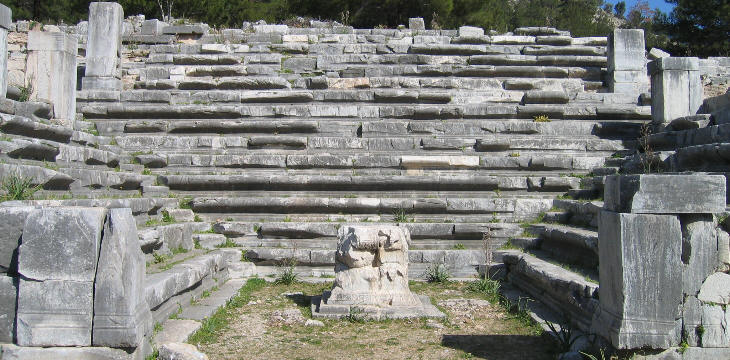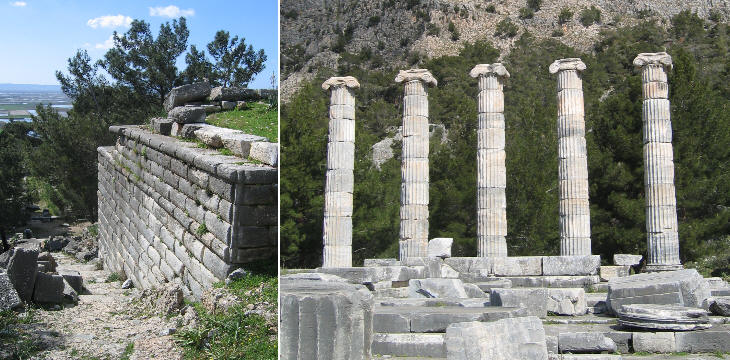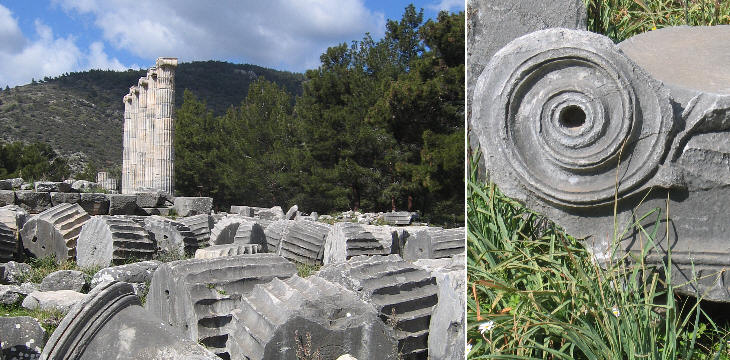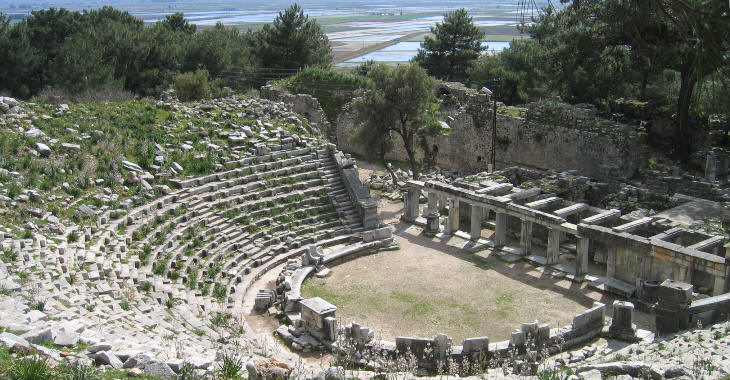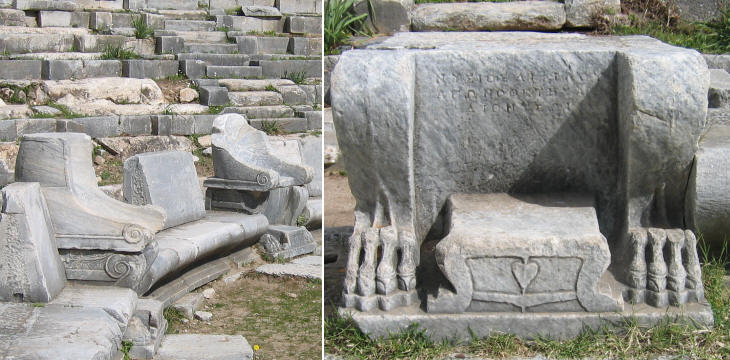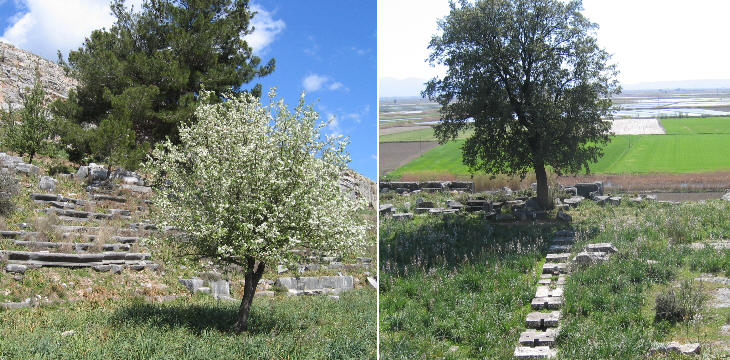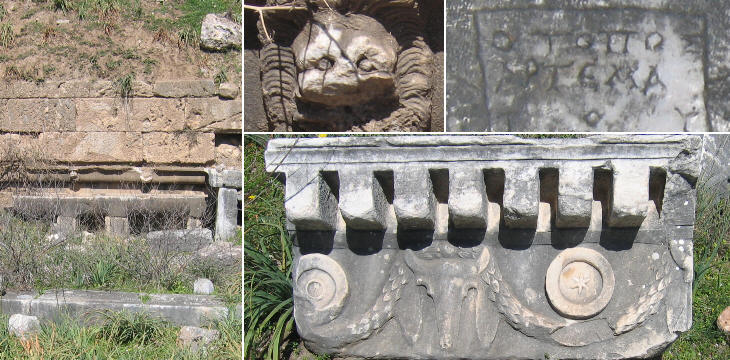  What's New! Detailed Sitemap All images © by Roberto Piperno, owner of the domain. Write to romapip@quipo.it. Text edited by Rosamie Moore. Page added in April 2008. |
 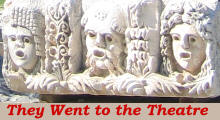 - Priene - Priene(theatrical masks at Myra) Priene was most likely the name given to a very ancient port at the mouth of the Maeander River; during the IVth century BC the sediments carried by the river silted the port and the inhabitants decided to move their town to its current location close to a (now silted) deep sea bay.
New Priene was built on the lower part of a mountain; the upper part was very steep and in case of need the inhabitants could seek refuge on its top. The town was designed according to schemes developed by Hippodamus of Miletus, a Vth century architect who is regarded as the father of urban planning. The main streets of Priene were parallel on an east-west direction. Shorter streets intersected them at right angles, thus composing an orthogonal grid.
Priene was located in Ionia and it was close to the northern border of Caria, a province of the Persian Empire having as its capital Halicarnassus; the region was conquered by Alexander the Great; Priene eventually became part of the kingdom of Pergamum and when the last king bequeathed his possessions to Rome, Priene was included in the province of Asia. During the Roman rule Priene retained some form of self-government; its magistrates (pritanes, a sort of Roman senators) performed their duties in a hall (Prytaneion) which contained a holy fire.
The council of citizens (boule) met in the bouleuterion: that of Priene could contain an audience of 640. Unlike many other buildings having the same purpose it does not have a semicircular shape. At its centre stood a small altar.
The most important temple of Priene was dedicated to Athena; it is thought that the statue of the goddess was a copy of that in the Parthenon of Athens. It was a gift from Orophernis as a reward for the help he received from Priene. OROPHERNIS The figure on this four drachma coin who seems to have a smile on his face- his beautiful, delicate face- this figure is Orophernis, son of Ariarathis. A child, they threw him out of Cappadocia, out of his great ancestral palace, and sent him to grow up in Ionia, to be forgotten there among foreigners. ... In his heart, Asiatic always, but in manners and language, a Greek; with his turquoise jewellery, his Greek clothes, his body perfumed with oil of jasmine, he was the most handsome, the most perfect of Ionia's handsome young men. Constantin Cavafy - Orophernis - translation by Edmund Keeley and Philip Sherrard
Priene was part of Ionia and the temple was built in perfect Ionic order with very elegant capitals; the columns were made up of several sections. The five standing columns were reconstructed to show the height of the temple.
It is difficult to assess the population of Priene: the main street which crossed the town is no longer than half a mile, so one does not expect to find a theatre with more than 5,000 seats. It was enlarged during the Roman rule and the back wall supported by pillars belongs to that period.
The magistrates of Priene had the privilege of attending performances from specially designed seats. The theatre was not modified in order to be used as an arena for gladiatorial fights.
At the southern edge of the town there is evidence of a stadium, which once had a commanding view over the sea (and beyond it over Miletus). Archaeologists have identified the blocks which marked the starting line. This part of Priene (including the nearby gymnasium) is in urgent need of improved maintenance (as of February 2008).
What is left of the gymnasium is not impressive, but it is very interesting: archaeologists have found the wash-basins almost intact; the water came out from lion heads placed along a conduit; here and there the walls of the ephebeion (advanced school) show rough inscriptions made by the pupils.
The decline of the Roman Empire and the move to the Christian faith led to the abandonment of many traditions of the Ancient World; theatre performances were too much linked to the gods of the past and the same can be said for the educational system and the athletic competitions. In particular Emperor Justinian made many decisions aimed at eradicating the ancient beliefs (and way of life). Most likely during his reign a church was built making use of existing walls near the theatre. Its limited size indicates that the population of Priene had greatly shrunk from its heyday. The silting of the harbour reduced the importance of Priene; in the 1920s the last remaining villagers were moved to another location (the village of Gelebec). Move to: Introductory page Miletus Didyma Iasos Euromos Milas Kaunos Telmessos Tlos Xanthos Letoon Patara Antiphellos Simena Myra Phaselis Termessos Attalia (Antalya) Perge Aspendos Side Map of Turkey with all the locations covered in this website  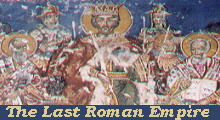 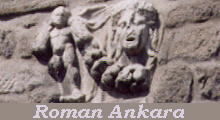 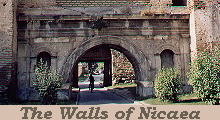 |
